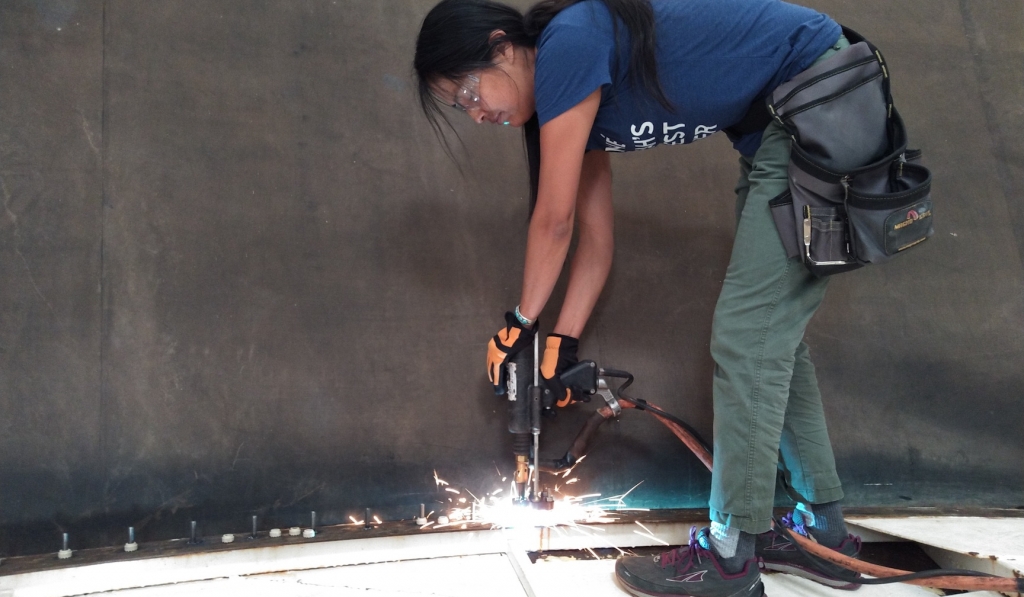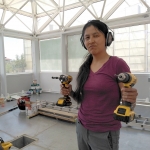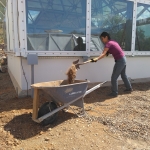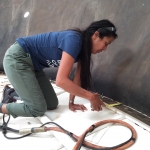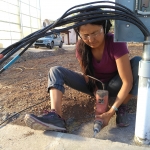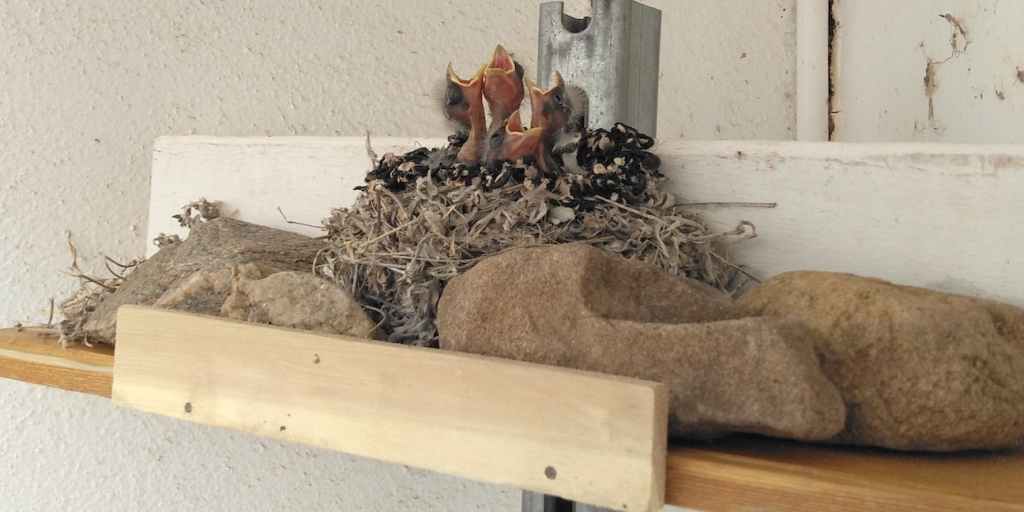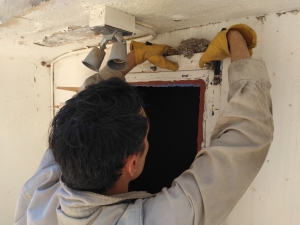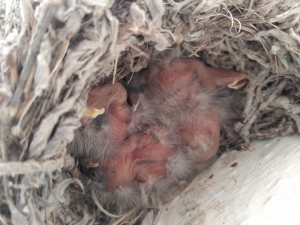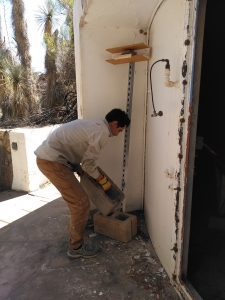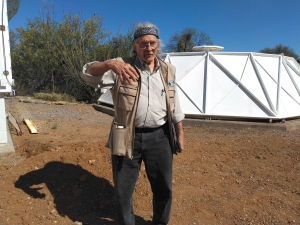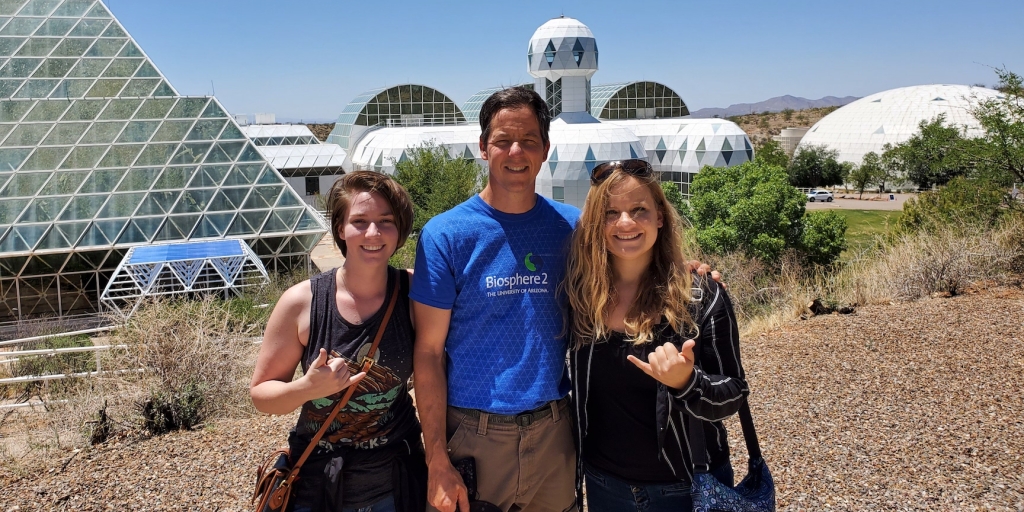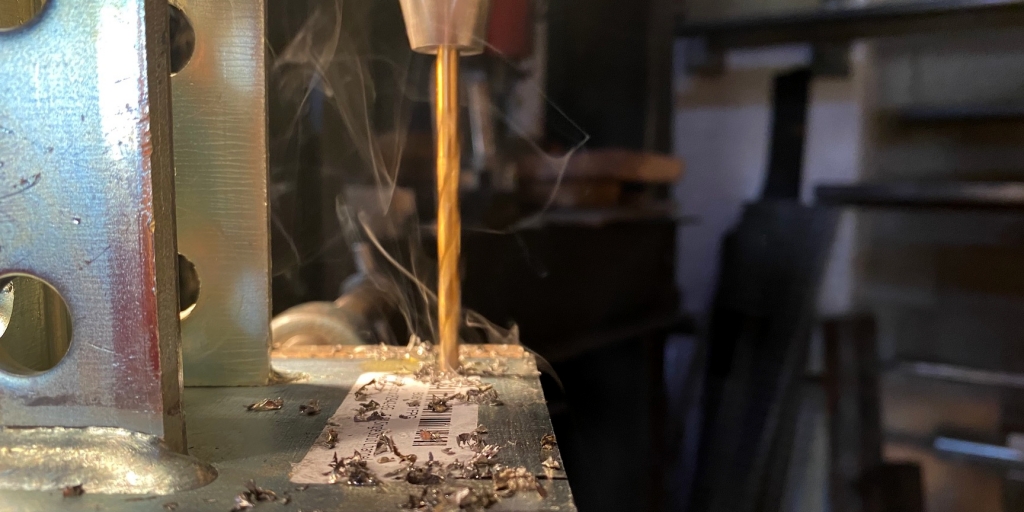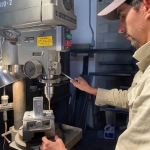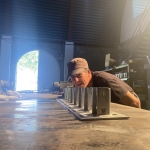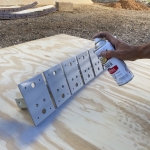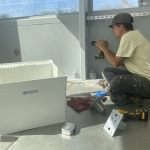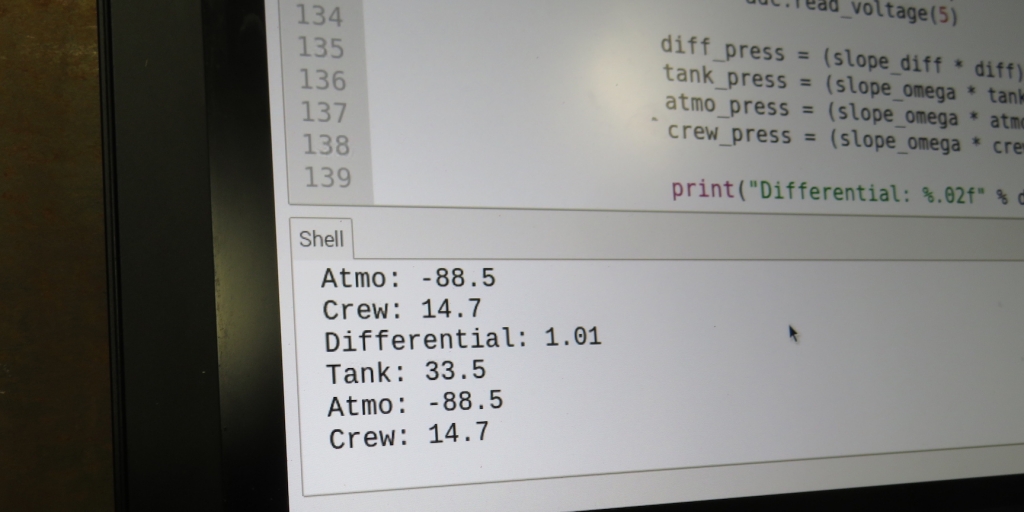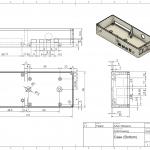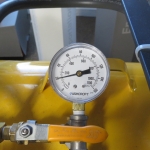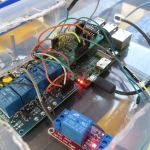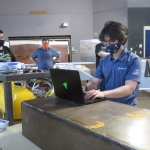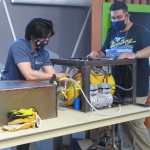Space Radio with Dr. Paul Sutter
Astrophysicist Dr. Paul Sutter interviews SAM Director Kai Staats from within the Biosphere 2!
“This week on Space Radio I had the opportunity to catch up with my good friend Kai Staats. Kai joined us from the grounds of the University of Arizona’s Biosphere 2 as we talked about his newest project, Space Analog for the Moon and Mars. Among other topics, we discussed the removal of perchlorates from the Martian soil and how Methane could potentially be used.” — Dr. Sutter


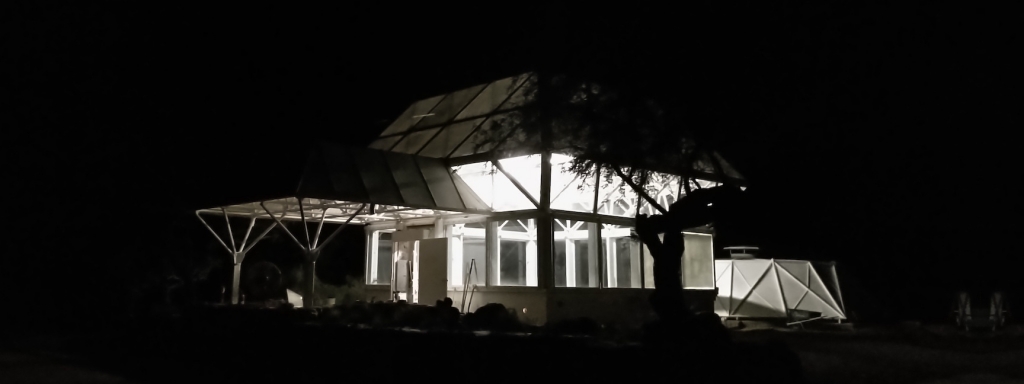
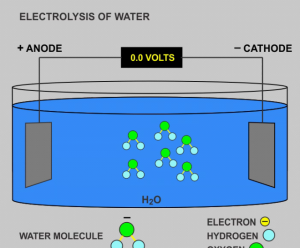 Science educator and writer Dan Heim answers the question, “I know there’s water ice on the Moon and Mars, and I get how it can be melted and used for drinking, but I don’t get how they can make rocket fuel out of it. — WJ, Provo, UT”
Science educator and writer Dan Heim answers the question, “I know there’s water ice on the Moon and Mars, and I get how it can be melted and used for drinking, but I don’t get how they can make rocket fuel out of it. — WJ, Provo, UT”